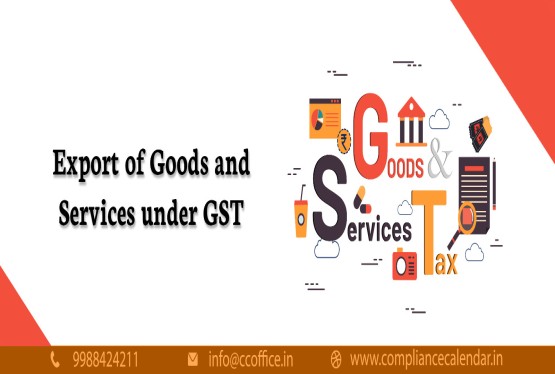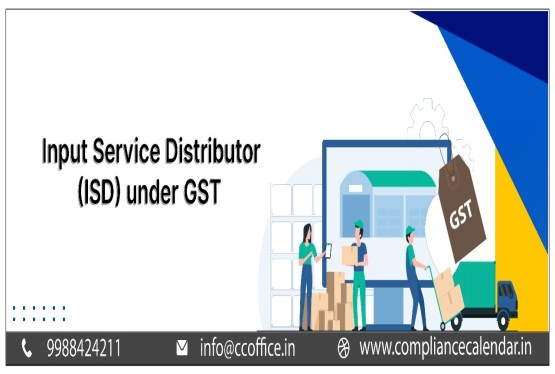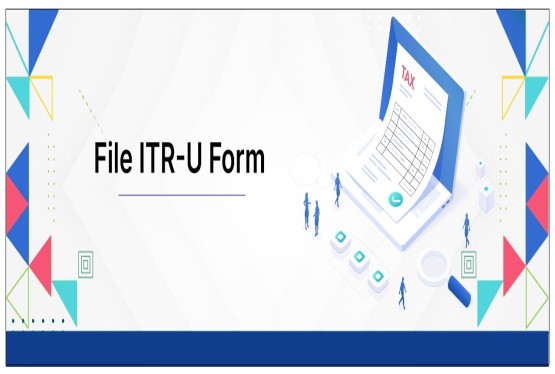The Union Budget 2025 has introduced major changes to India’s personal income tax structure. Whether you are a salaried professional or self-employed, choosing between the old tax regime and the new tax regime can help optimize your tax liability. This article will explore the differences between the new tax regime and the old tax regime, highlight the latest income tax slabs, and provide insights to help you decide which system aligns with your financial goals.
New Tax Regime vs Old Tax Regime: What Changed After Budget 2025?
Finance Minister Nirmala Sitharaman’s Union Budget 2025 offers substantial income tax relief, especially for the middle class. With no tax burden on income up to Rs. 12.75 lakh under the new tax regime, many taxpayers are wondering whether it’s time to switch from the old regime. The key question is: Should you move to the new tax regime, or do the deductions and exemptions in the old regime still offer better savings?
Key Highlights of the Union Budget 2025
-
Zero Tax Up to Rs. 12.75 Lakh (Salaried Under New Regime)
-
The basic exemption limit under the new tax regime has been raised to Rs. 12 lakh for all individuals.
-
Salaried taxpayers receive a Rs. 75,000 standard deduction, making income up to Rs. 12.75 lakh tax-free.
-
New Income Tax Slab Rates: The new tax regime has seven slabs, starting at 0% for income up to Rs. 4 lakh and going up to 30% for income above Rs. 24 lakh.
-
Old Income Tax Slabs Unchanged: The old tax regime continues with its standard slabs:
-
0% up to Rs. 2.5 lakh
-
5% from Rs. 2.5 lakh to Rs. 5 lakh
-
20% from Rs. 5 lakh to Rs. 10 lakh
-
30% above Rs. 10 lakh
-
Minimal Deductions in the New Regime: The new regime eliminates most traditional exemptions and deductions such as HRA, LTA, Section 80C (investments), and Section 80D (medical insurance). The primary benefit is the standard deduction of Rs. 75,000 for salaried individuals.
New Tax Regime - Income Tax Slabs (FY 2025–26)
|
Income Range (Rs.) |
Tax Rate |
|
0 – 4 lakh |
0% |
|
4 – 8 lakh |
5% |
|
8 – 12 lakh |
10% |
|
12 – 16 lakh |
15% |
|
16 – 20 lakh |
20% |
|
20 – 24 lakh |
25% |
|
Above 24 lakh |
30% |
Old Tax Regime - Income Tax Slabs (FY 2025–26)
|
Income Range (Rs.) |
Tax Rate |
|
0 – 2.5 lakh |
0% |
|
2.5 – 5 lakh |
5% |
|
5 – 10 lakh |
20% |
|
Above 10 lakh |
30% |
Note: The old regime allows popular deductions like 80C, 80D, HRA, etc., while the new regime offers fewer exemptions but broader tax slabs and higher exemption thresholds.
New and Old Tax Regime: A Quick Comparison
|
Criteria |
Old Tax Regime |
New Tax Regime (Budget 2025) |
|
Basic Exemption Threshold |
Rs. 2.5 lakh |
Rs. 12 lakh (Rs. 12.75 lakh for salaried) |
|
Tax Slabs |
5%, 20%, 30% beyond thresholds |
0%, 5%, 10%, 15%, 20%, 25%, 30% |
|
Deductions/Exemptions |
HRA, LTA, 80C, 80D, home loan, etc. |
Limited (only Rs.75k standard deduction) |
|
Compliance & Documentation |
High (investment proofs, receipts) |
Low (simpler filing, fewer claims) |
|
Ideal For |
Taxpayers with high deductions |
Those with fewer deductions, simpler filing |
Old Tax Regime: Structure and Benefits
-
Income Tax Slabs:
-
Up to Rs. 2.5 lakh: 0%
-
Rs. 2.5 lakh – Rs. 5 lakh: 5%
-
Rs. 5 lakh – Rs. 10 lakh: 20%
-
Above Rs. 10 lakh: 30%
-
Large Scope for Deductions:
-
Section 80C: Up to Rs. 1.5 lakh for investments in PPF, ELSS, life insurance, etc.
-
Section 80D: Health insurance premium for self and family.
-
HRA: House rent allowance exemption.
-
LTA: Leave travel allowance exemption.
-
Interest on Home Loan: Deduction up to Rs. 2 lakh for self-occupied property.
Who Benefits Most from the Old Tax Regime?
-
Those With High Deductions:
-
If you can claim deductions of Rs. 5–8 lakh or more, the old regime may reduce your taxable income enough to offset higher tax rates.
-
Mid-Range Income Earners (Rs. 12L – Rs. 24L):
-
If your exemptions and deductions are substantial, the old regime could be beneficial.
Who Should Consider the Old Regime?
-
Mid to higher earners who can claim multiple deductions (often Rs. 5 lakh or more).
-
Salaried individuals with substantial HRA or large home-loan interest payments.
New Tax Regime - Budget 2025
-
Raised Zero-Tax Limit:
-
0% tax on incomes up to Rs. 12 lakh.
-
Salaried taxpayers enjoy an additional standard deduction of Rs. 75,000, making incomes up to Rs. 12.75 lakh tax-free.
-
Updated Slabs:
-
0%: Up to Rs. 4 lakh
-
5%: Rs. 4 – 8 lakh
-
10%: Rs. 8 – 12 lakh
-
15%: Rs. 12 – 16 lakh
-
20%: Rs. 16 – 20 lakh
-
25%: Rs. 20 – 24 lakh
-
30%: Above Rs. 24 lakh
-
Minimal Deductions:
-
Apart from the standard deduction, most traditional exemptions like HRA, LTA, and deductions under 80C, 80D are not available.
Who Should Consider the New Regime?
-
Salaried individuals up to Rs. 12.75 lakh who want a zero-tax liability.
-
People with limited deductions who do not want to invest in tax-saving instruments.
-
High-income earners with modest deductions.
-
Those who prefer simplicity in tax filing with minimal documentation.
Income Tax Old Regime vs New Regime: Example Scenarios
-
Income = Rs. 13 Lakh (Salaried):
-
New Regime: Likely zero or minimal tax after standard deduction.
-
Old Regime: Only beneficial if you have large deductions (e.g., Rs. 2–3 lakh in 80C, HRA, etc.).
-
Income = Rs. 20 Lakh:
-
New Regime: Tax rates for Rs. 16–20 lakh = 20%, with only Rs. 75,000 as a deduction.
-
Old Regime: If you have substantial deductions, this regime may reduce your taxable income into a lower tax bracket.
-
Incomes Up to Rs. 12–13 Lakh:
-
Under the new regime, there’s effectively no tax.
-
In the old regime, you would need significant exemptions to reduce your taxable income to zero.
Key Takeaway: Income Tax Old Regime vs New Regime
-
For incomes above Rs. 24.75 lakh, the new tax regime is better if your deductions are below Rs. 8 lakh.
-
If deductions exceed Rs. 8 lakh, the old tax regime may result in lower tax liability.
-
The break-even point of Rs. 8 lakh applies mainly to those in the 30% tax bracket.
Deciding Factors: Old Regime vs New Regime
-
Magnitude of Deductions: The more deductions you can claim, the better the old regime.
-
Record-Keeping & Compliance: The old regime requires more paperwork; the new regime is simpler.
-
Financial Goals & Liquidity: The old regime’s deductions often lock money into long-term investments.
-
Annual Reevaluation: You can switch regimes each year, so reevaluate your finances annually.
How to Decide Between New and Old Tax Regimes?
-
Available Deductions and Exemptions:
-
Old Regime: Multiple deductions available.
-
New Regime: Minimal deductions but broader tax slabs.
-
Income Level and Slab Rates:
-
Compare tax outflow in both regimes.
-
Type of Income:
-
Salaried individuals relying on HRA may benefit from the old regime.
-
Standard Deduction Differences:
-
Old Regime: Rs. 50,000
-
New Regime: Rs. 75,000
-
Long-Term Financial Planning:
-
Old regime benefits those already investing in 80C avenues.
Conclusion
Choosing between the old and new tax regimes depends on your income, deductions, and financial goals. While the old regime benefits those with substantial exemptions like HRA, LTA, and 80C investments, the new regime’s higher exemption limits and simplified slabs may be ideal for those seeking minimal documentation. Recalculate your liabilities at the start of each financial year to ensure you choose the most beneficial regime.
If you need expert guidance, Compliance Calendar LLP can provide personalized tax planning and hassle-free ITR filing services tailored to your needs. Contact us today through mail info@coffice.in or Call/Whatsapp us on +91 9988424211 to secure the best possible tax outcome for your financial goals!
FAQs
Q1. What are the primary differences between the old and new tax regimes?
Ans. The old regime allows multiple deductions (80C, HRA), while the new regime has fewer deductions but broader tax slabs.
Q2. How can I decide between the old regime and new regime for my income?
Ans. Compare your total possible deductions in the old regime against the simplified rates in the new one.
Q3. Which is better for salaried individuals?
Ans. If you have significant HRA, LTA, or 80C investments, the old regime may yield higher savings. Otherwise, the new regime’s simplicity might be more beneficial.
Q4. Is there a standard deduction difference?
Ans. Yes. The old regime offers Rs. 50,000, while the new regime offers Rs. 75,000.
Q5. What is the best method to evaluate which regime is better?
Ans. Project your annual income, compute deductions under the old regime, and compare that with your liability under the new regime’s slab rates.









_crop10_thumb.jpg)

















































































_for_FY_2025-26_crop10_thumb.jpg)












_learn_crop10_thumb.jpg)








_Filing_Due_Dates_for_FY_2024-25_learn_crop10_thumb.jpeg)










